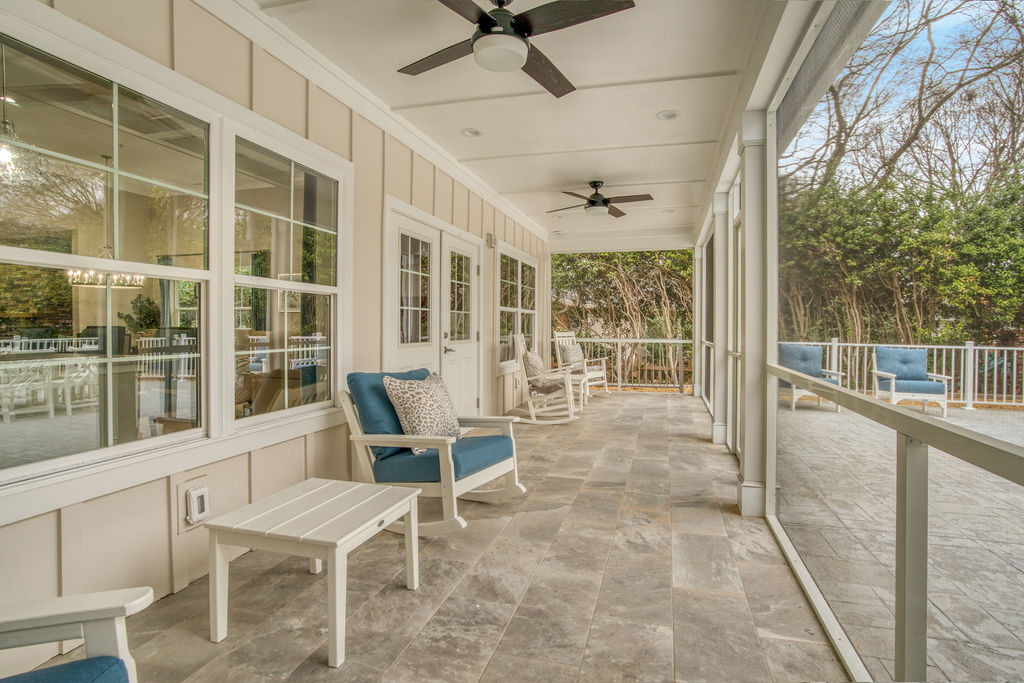Falls are a major concern in any care environment, but for individuals with dementia, the risks are even more severe. According to the Alzheimer’s Association, falls are the leading cause of injury-related deaths for people with dementia. In fact, individuals with dementia are up to four times more likely to fall than those without cognitive impairments, and once a fall occurs, it can have devastating consequences for their health, independence, and quality of life.
At The Sanctuary, we understand the critical importance of fall prevention, and we take extensive precautions to ensure our residents remain safe and well-supported at all times. We’ve created an environment that minimizes risks, provides constant supervision, and incorporates advanced protocols to prevent falls and respond swiftly if they do occur. Here’s a closer look at how we work to keep our residents safe from falls.
24/7 Care and Constant Supervision
In larger, institutional facilities, residents may often find themselves out of sight of caregivers. A caregiver may be in another resident’s room, down the hall, or at a nurse’s station—leaving a vulnerable resident with little immediate assistance if they begin to stand up, wander, or attempt to move on their own. In these settings, there are simply more opportunities for falls to happen without anyone noticing.
At The Sanctuary, we have intentionally designed our homes to ensure that residents spend most of their time in common areas where caregivers are always nearby. With our high caregiver-to-resident ratio—2 caregivers for every 6 residents—our team is always within arm’s reach. This proactive approach means that caregivers can respond immediately if a resident starts to stand, move, or attempt to walk on their own. We understand that the earlier we intervene, the less likely a fall is to occur.
In addition to constant supervision throughout the day, our team checks in on residents regularly—even through the night. We know that nighttime is often a period of increased risk, so we monitor our residents’ safety during sleeping hours, too. Our commitment to 24/7 care ensures that residents are never left alone, reducing the chance of accidents happening without immediate attention.
Safety Features Designed with Dementia in Mind
When designing our homes, we prioritize safety. Many larger facilities feature long hallways, elevators, or multiple levels that can increase the chances of falls, as well as create confusion for individuals with dementia. At The Sanctuary, we’ve created a home environment that’s intuitive and easy to navigate, with an emphasis on reducing potential trip hazards.
Our homes are built with:
–Flat floors throughout, ensuring that there are no steps or transitions that could cause tripping.
–Zero-entry showers, so residents don’t have to step over a ledge, which is often a major fall risk in standard bathrooms.
–Grab bars and railings in key areas throughout the house—particularly in bathrooms and hallways—so residents can maintain their balance and have something to hold onto if needed.
–Clear floors with no rugs or other trip hazards. We keep the environment clutter-free to ensure that residents don’t encounter obstacles when walking.
By eliminating these physical risks in the environment, we can significantly reduce the likelihood of falls while also making residents feel more comfortable and at ease in their surroundings.
Specialized Equipment to Monitor High-Risk Residents
While we do everything possible to prevent falls from happening, we also recognize that some residents are at higher risk. For these individuals, we take additional precautions to ensure that falls are prevented—or if they do happen, that we can respond immediately.
We use advanced monitoring equipment, including:
–Floor, bed, and chair alarms that alert caregivers if a resident attempts to stand or get out of bed or a chair without assistance. These alarms ensure that caregivers are instantly notified if a high-risk resident is trying to move on their own, allowing for quick intervention.
–Wearable receivers for caregivers. If a resident is identified as a serious fall risk, caregivers wear devices that alert them if the floor, bed, or chair alarms are triggered. This allows them to quickly respond to the situation, even if they are in another room.
This equipment helps us stay ahead of potential issues and ensures that caregivers are always alerted to any movements that could signal a fall, even before it happens.
Unmatched Track Record for Fall Prevention
Our fall prevention protocols have yielded impressive results. We are proud to have an unmatched track record for falls at The Sanctuary. Our approach—combining constant supervision, a safe and intuitive environment, specialized equipment, and highly trained caregivers—has allowed us to significantly reduce the number of falls among our residents.
Our residents and their families often express relief at how quickly residents adjust to the safe and supportive environment we provide. The familiarity of the surroundings, combined with our vigilant care, ensures that residents can thrive while minimizing the risk of falls or injuries.
How We Respond to Falls When They Do Occur
Despite our best efforts to prevent them, falls can sometimes happen, particularly in residents with advanced dementia who may be prone to sudden movements or confusion. In these cases, we act quickly to ensure that the resident receives the care and support they need.
Our staff is trained to assess the situation, and if a fall results in an injury, we have protocols in place to ensure that the resident receives medical attention as quickly as possible.
The Bottom Line: Prioritizing Fall Prevention Is Key for Resident Safety
The safety and well-being of our residents are always our top priority, and fall prevention is an essential part of that commitment. At The Sanctuary, we take proactive steps to minimize fall risks by creating a safe, intuitive environment, providing constant supervision, using specialized monitoring equipment, and training our caregivers to respond quickly if a fall occurs.
By offering a high level of care and attention to detail, we ensure that our residents can enjoy their lives with as much freedom and safety as possible. If you’re considering memory care for a loved one, we invite you to see how The Sanctuary can provide the care and safety your loved one deserves.
Sources:
- Alzheimer’s Association, “Falls and Fractures in People with Dementia,” Alzheimer’s & Dementia: The Journal of the Alzheimer’s Association

